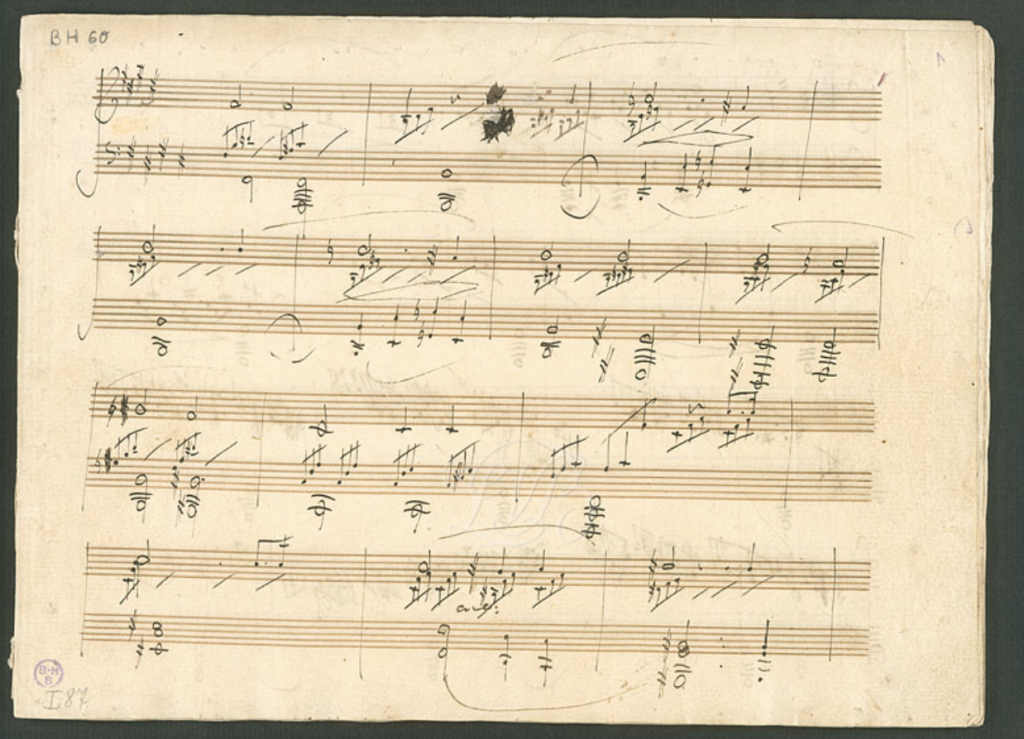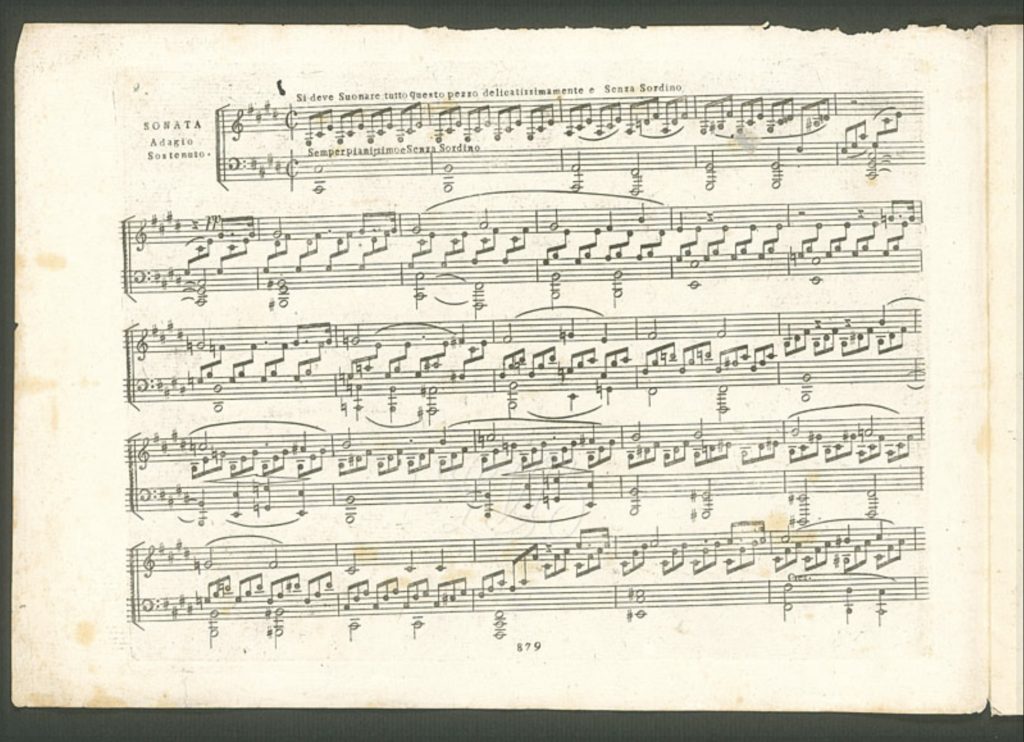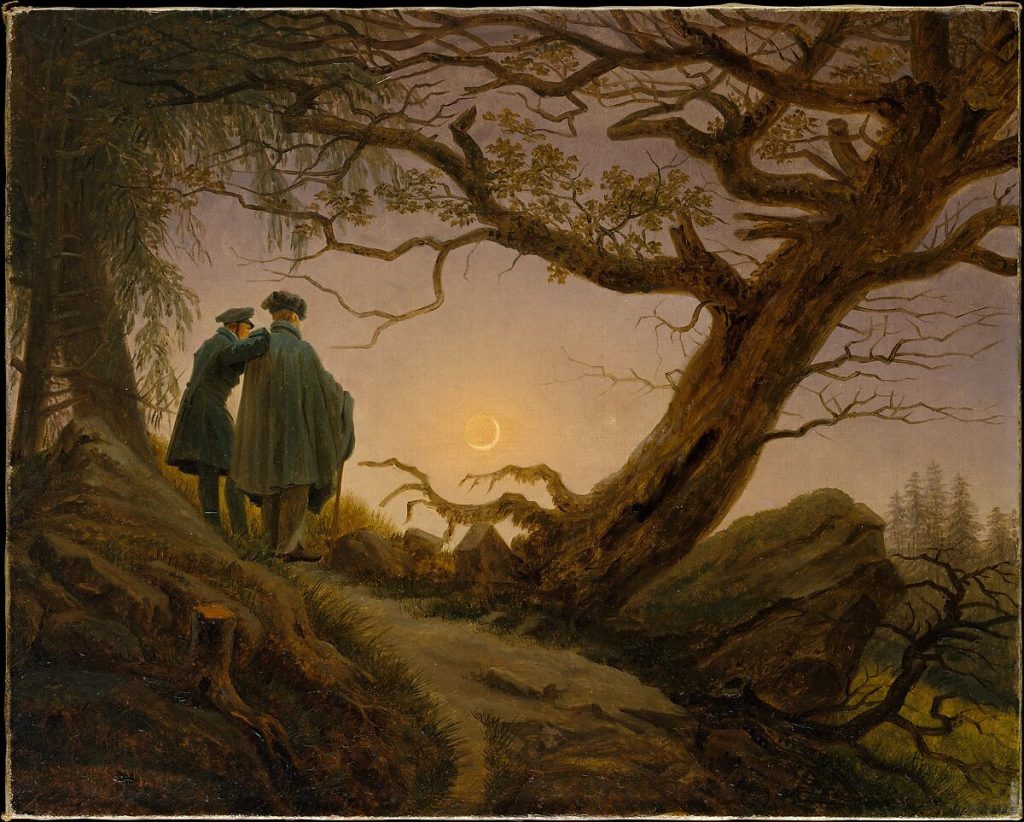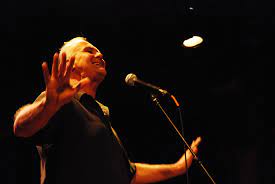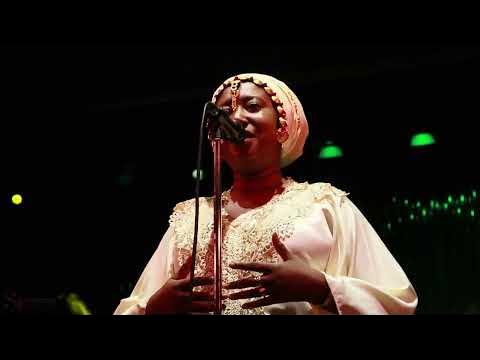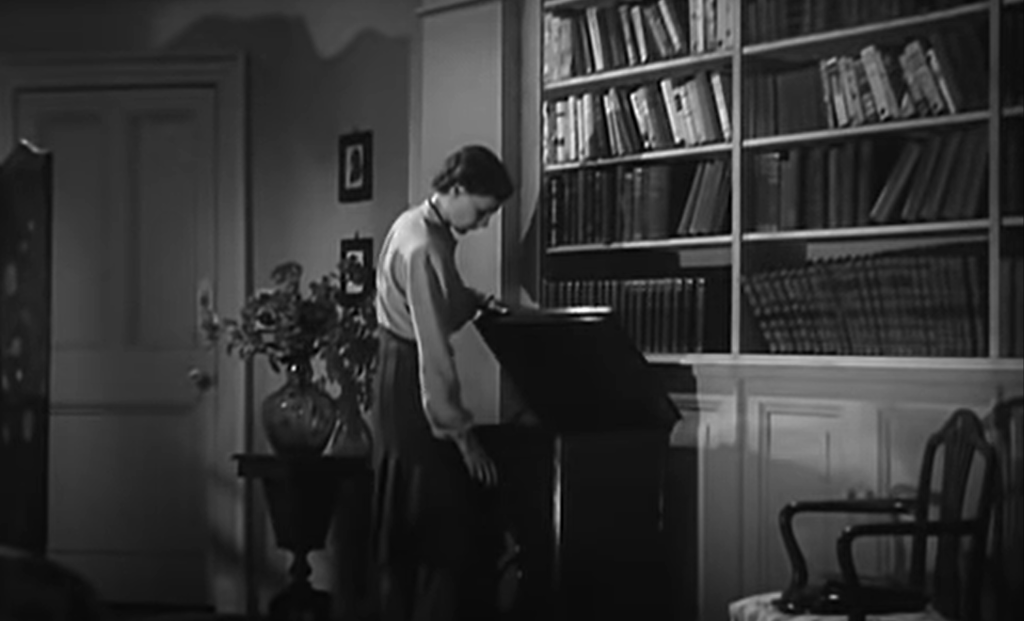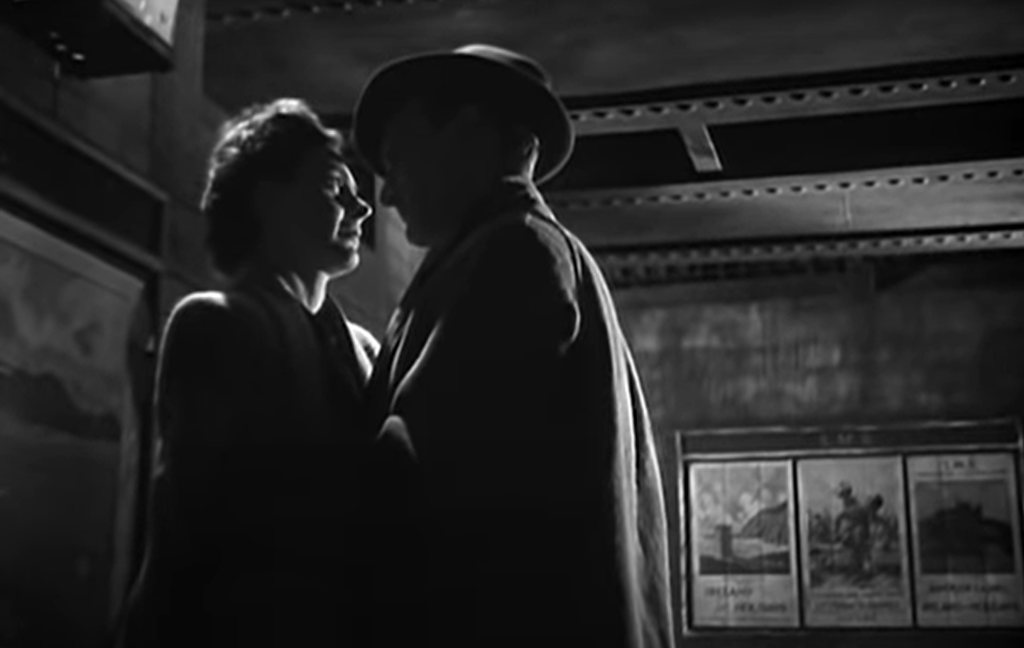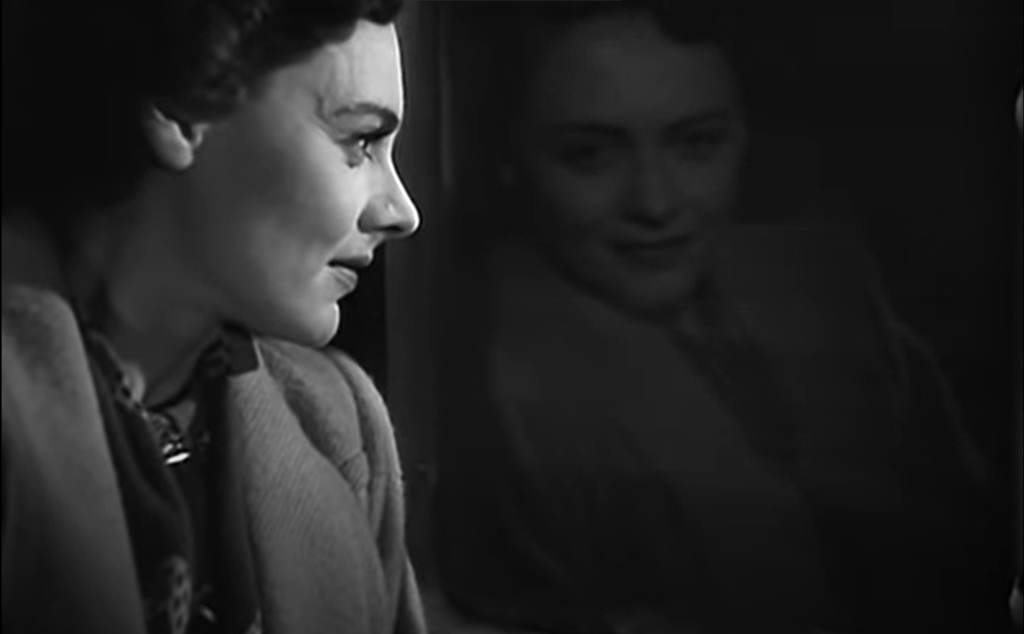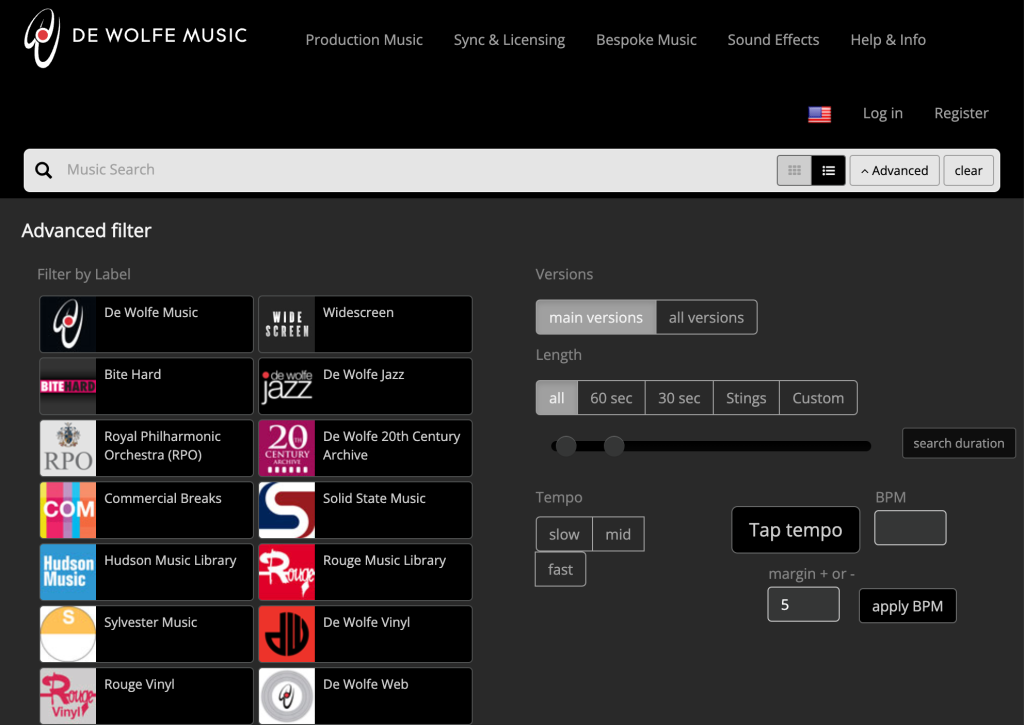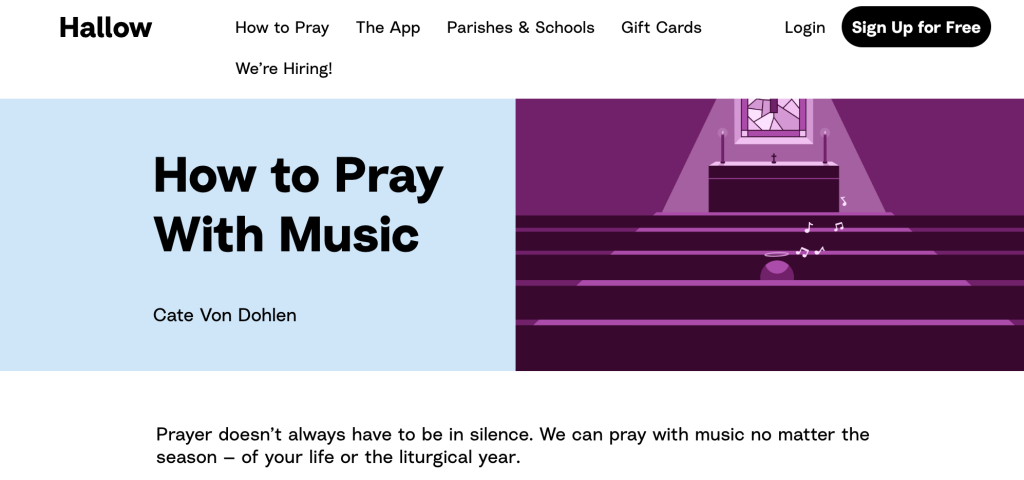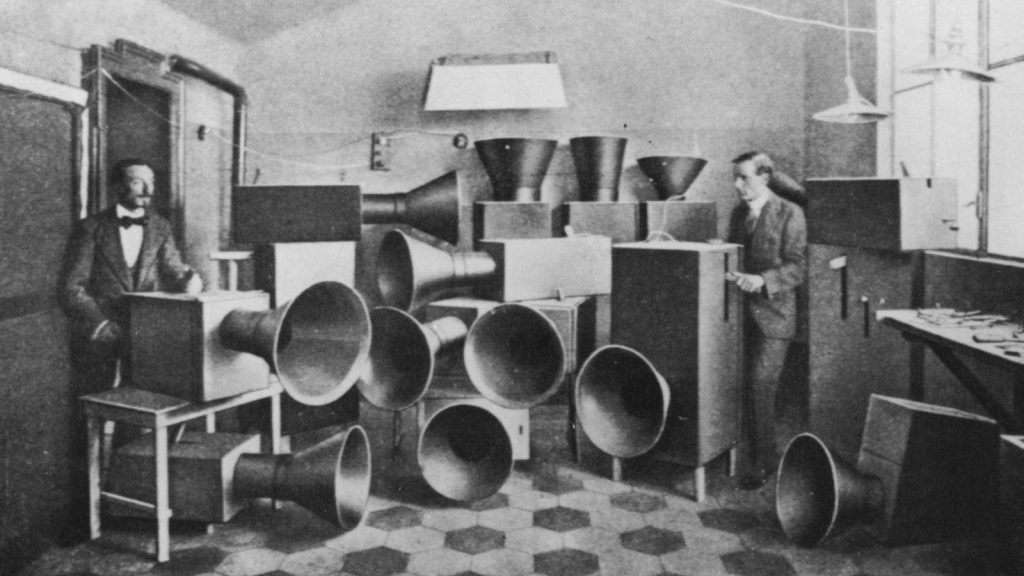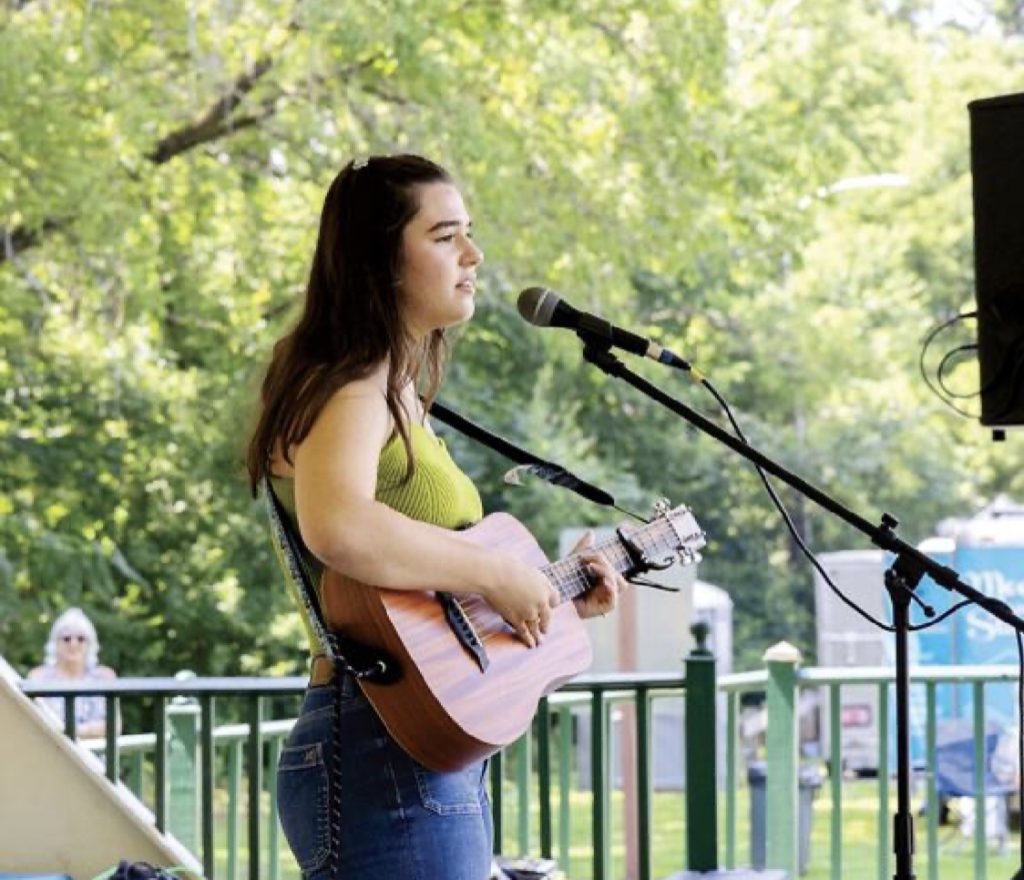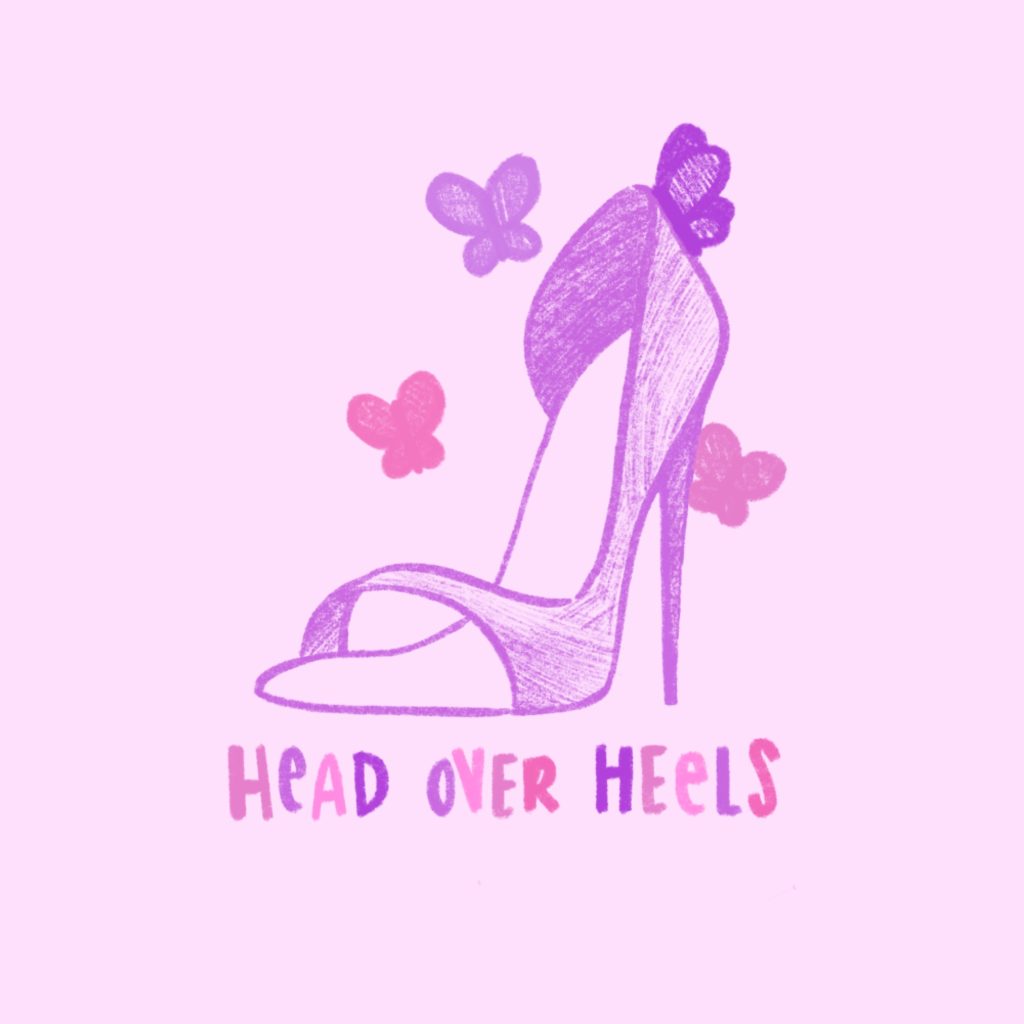A Musical Genre Caught Between Rural and Urban Life
By Marcello Diomede
Jason Aldean’s newest hit, “Try That in a Small Town,” released in May 2023, initially did not create much media buzz. Still, when the music video was released on July 14th, the lyrics were put into a context many were not expecting. The video alternates between shots of Aldean and his band performing in front of a large, white building and footage from riots, looting, and petty crime in cities. His lyrics don’t hold back, including multiple threats directed towards urban communities. Lines like “I’ve got a gun that my granddad gave me/they say one day they’re gonna round up. / Well that s*** might fly in the city / good luck / Try that in a small town” portray cities as being dangerous, lawless places in comparison to rural, blue-collar towns, where citizens would take law enforcement into their own hands. As Aldean sings these lines, urban burglary and images of riots are suggestively superimposed over his face. We know what he would do, and may resort to do the same. It’s us versus them. The white building in the background is the Maury County Courthouse Building in Colombia, TN. The landmark was the site of race riots in 1946, as well as a 1927 lynching in which a white mob pulled an 18-year-old black man, Henry Choate, from jail and dragged him through the city by car. Aldean insists that the video’s main message is to remind people of the small-town values that America was founded on, but with such strong rhetoric and a setting as iconic as this, the song feeds the rural against. city narrative, which inevitably invokes issues of class and race. The semiotic lock between lyrics and visuals places the resulting meaning into a racist context, which Aldean denied (Olson).
Xenophobic undertones are not new to country music, however. The so-called “Southern thesis”— suggesting that country music emerged from the countryside of the rural US South, linking the musicians to social conservatism and a rural lifestyle —consciously constructs rigid boundaries that define “country” in terms of geographic and socio-economic terms. As musicologists Jada Watson and Paula Bishop note in their article, Whose Country Music?, this paradigm is linked to “Jim Crow Era racial constructs that have privileged the work of white artists and marginalized the contributions of Black, Indigenous, and artists of color.” In the early 20th century, the industry’s gatekeepers, such as radio stations and record labels, handpicked the artists and songs that painted the early landscape of country music. These people, who were supposedly neutral in their choices on who they would represent, were imparting their biases that laid the groundwork for a mostly-white soundscape. The first Black female songwriter to land a No. 1 charting record, Alice Randall, shares her story about early conversations with the white men who had their grip on the industry in 1994. Effectively, these gatekeepers music acted like Reddit moderators today, controlling the flow of information. Ultimately, she was so talented that men in power had no choice but to air her music.
Another black artist, Priscilla Renea, whom many know as Muni Long, has written and produced music since she was 18. Growing up in Gifford, Florida, a wealthy, predominantly white neighborhood, Renea recalls times when she would walk into places, and people would ask her if she was lost or needed help or other times when she was confronted with racist slurs. So, when she arrived in the country music arena, she was questioned on whether she was a country artist; being an outsider wasn’t something that bothered her. In an interview with NPR, Renea describes the strange relationship that she, as a black woman, has with the country music scene: “If you think about the kind of people that consume country music and that, you know, tailgate and go to these concerts, it’s not an environment where black people feel welcome.” Renea believes that the lack of diversity in the genre is nothing more than a result of fear. Black artists don’t want to engage in a genre that doesn’t accept them, and Aldean’s newest song is a perfect example of that. We realize that the uncomfortability of black artists to engage in a genre that hasn’t paid attention to them has resulted in country music being abandoned by many African Americans. Although Renea resides in the country realm, she admits, “I’m not going somewhere where I feel like I’m going to get beat up.” There are some stark contrasts between black country and white country, however. In her song “Land of the Free,” she sings about the dangers of being black in the era of police brutality and lethal use of force. The song starts, “Little Jimmy grabbed his toys, went outside to play. How was he supposed to know he might die today? Officer, he told the judge, Jimmy had a gun. Now another mother will be burying a son.” Notice the difference between the rhetoric in Aldean’s song and the message that Renae is trying to convey. If music is about authentically sharing your life experience, Renea is staying true to herself and her perspectives, and so is Aldean.
Throughout the history of country music, racism and animosity towards cities is a recurring theme. These divisions spawn from the fundamental difference between rural and urban politics that have been present since America’s birth. Even today, during elections, we can visibly see the difference between the liberal cities and the overwhelmingly conservative rural communities in the United States. The Civil War is a prime example of the severity of these differences in belief and policy. Over time, the conflict over city and country has evolved and taken on its own identity within the different fabric of society, and most notably, country music. Songs that lust for a rural life have been a part of country music since the genre was first invented as a “marketing category for rural white Southerners in the 1920s.” Songs like Fiddlin’ John Carson’s “Little Old Log Cabin in the Lane,” recorded in 1923, yearning for a rustic home. Commonly performed in blackface and written in 1871, the song is presented from the perspective of a former slave who wishes for life before freedom, believe it or not. Carson allegedly performed it at KKK rallies to justify their desire for slavery by stating that slaves wanted to be enslaved more than they wanted to be free.
Signs of distaste towards urban areas in country music grew particularly pronounced post-World War II. Ray Price’s “City Lights” and Stonewall Jackson’s “Life to Go” (both recorded in 1958) depicted cities as dirty, desolate places. Most often, the city was framed as a place that led to immorality for women, as heard in Bare’s “Streets of Baltimore” (1966) when a man takes his woman to the city, but she’s left “walking the streets of Baltimore.” Elsewhere, one could only expect to find murder, heartbreak, and decay in the city. The country, as described in hits like Dottie West’s “Country Sunshine” (1973), Merle Haggard’s “Big City” (1982), and up to more recent years in songs like Tim McGraw and Faith Hill’s “Meanwhile Back at Mama’s” (2014), continued to be depicted as idyllic, peaceful places.



